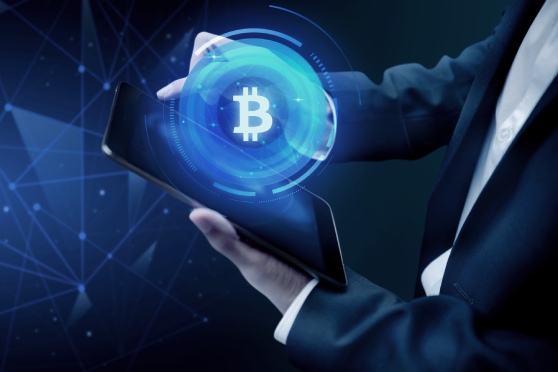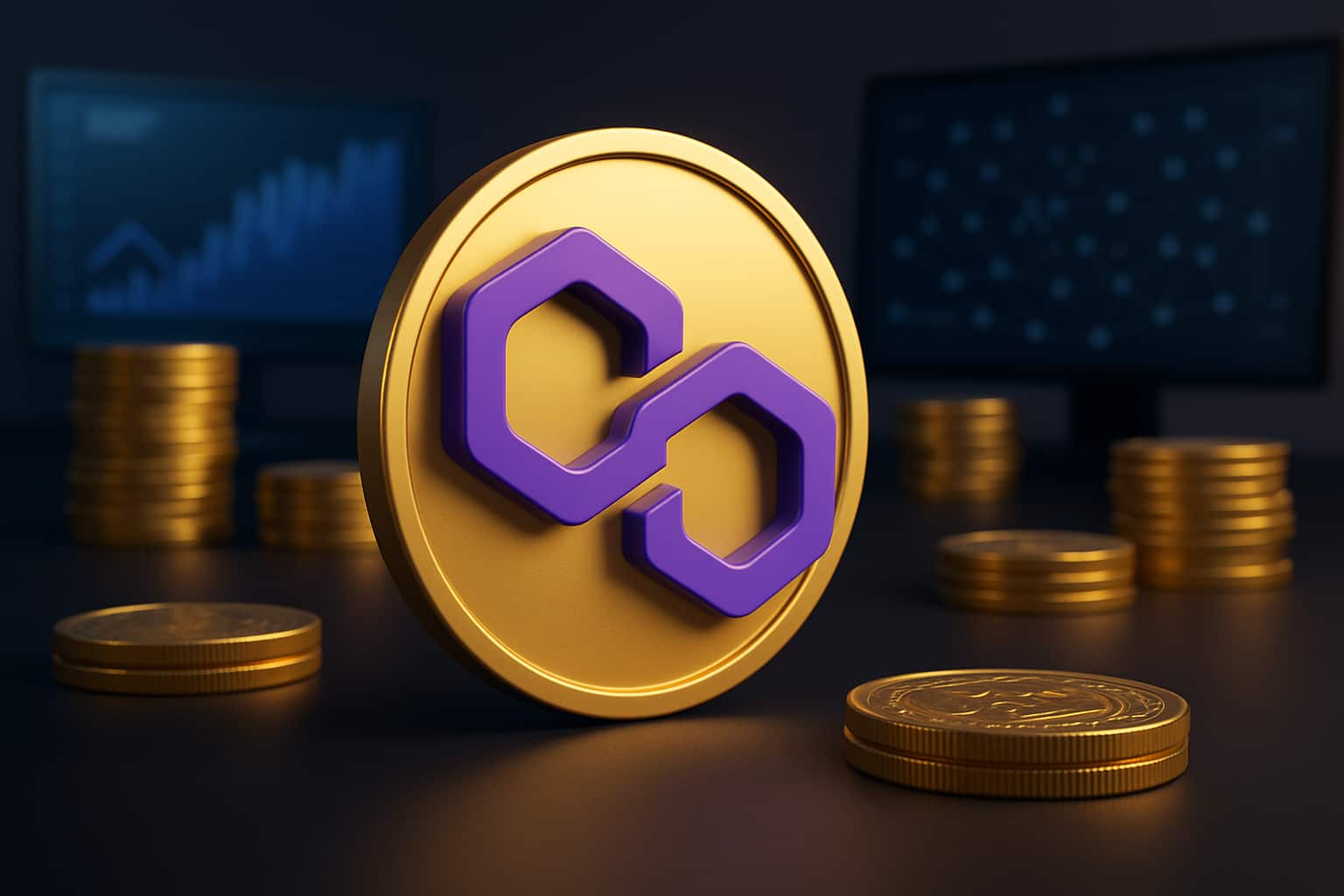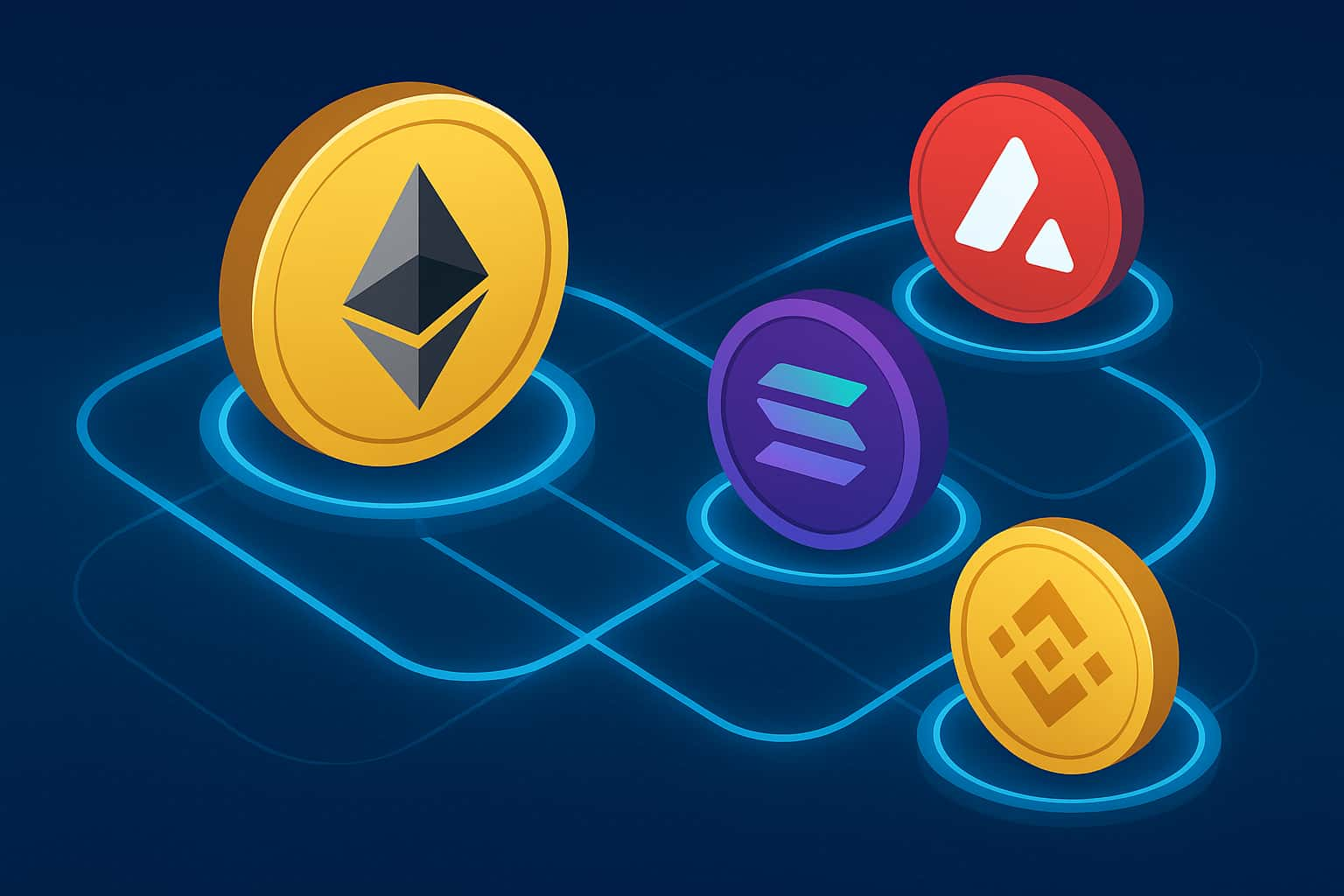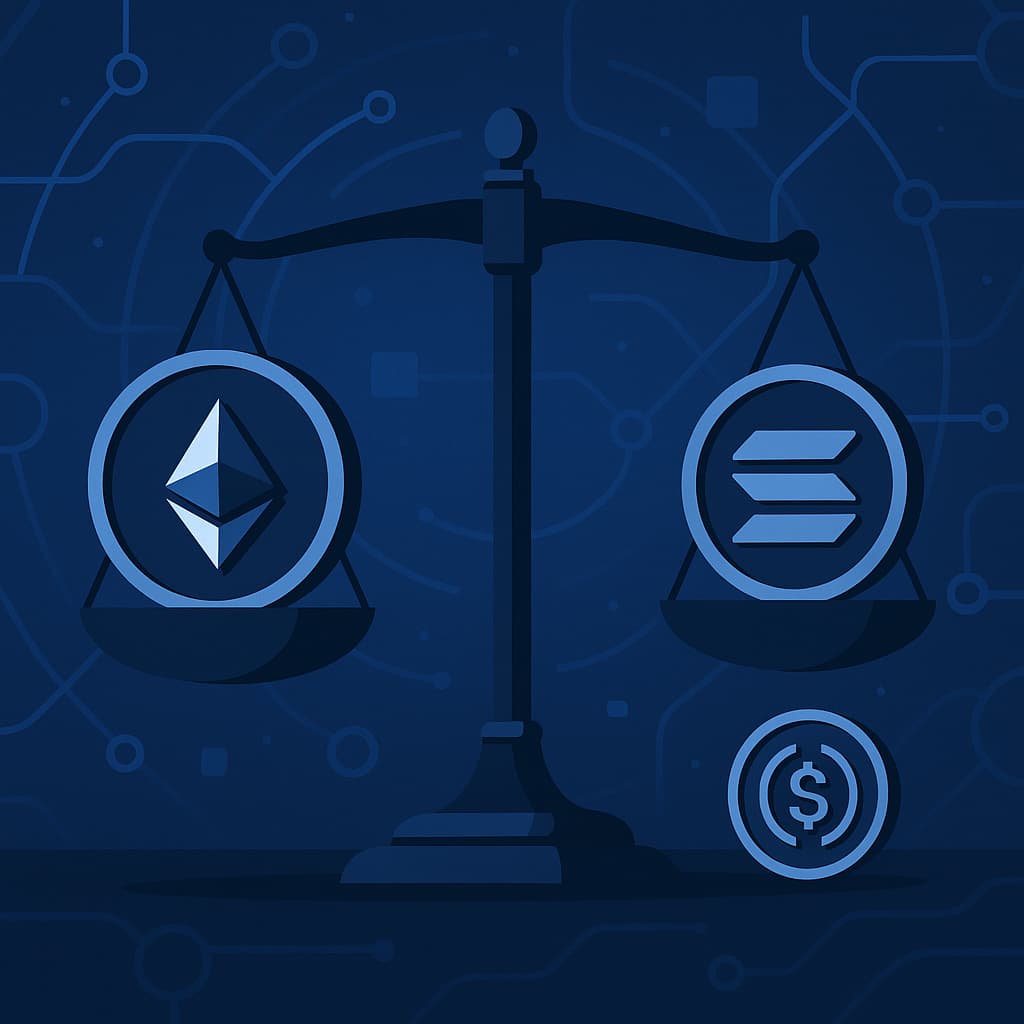-
Since its launch in 2009, Bitcoin has been at the forefront of the cryptocurrency world. Many businesses started blockchain application development with the popularity of Bitcoin. However, its limited features and absence of smart contract support have presented difficulties for developers in creating new use cases. The emergence of BRC-20 token development on the Bitcoin blockchain came as a solution to Bitcoin challenges. It started a new trend in the cryptocurrency community.
This article will delve into BRC-20 tokens, highlight their distinctions from ERC-20, and examine the significant increase in BRC-20 transactions and mints.
BRC-20 Token
On March 9, 2023, an anonymous developer named Domo launched BRC-20 tokens. These tokens use a new standard to create interchangeable tokens directly on Bitcoin.
Unlike other token standards on Ethereum virtual machine (EVM) blockchains, BRC-20 tokens don't rely on smart contract development. Instead, they use a script file stored on Bitcoin to assign tokens to individual satoshis.
BRC-20 tokens also allow users to deploy, mint, and transfer tokens by embedding JSON data into ordinal inscriptions.
Suggested Read | zkEVM | Boosting Ethereum's Scalability
The BRC-20 Token Hype
BRC-20 tokens have gained popularity due to their sudden increase in value. However, at present, most BRC-20 tokens are considered meme coins like "ordi," "Pepe," and "meme." The original contract for the "ordi" token restricts each mint to 1,000 tokens and has a maximum supply of 21 million tokens.
Currently, there are over 14,000 different tokens in circulation, with a total market cap exceeding $1 billion, representing a 600% increase in the last week. The protocol developers initially stated that these tokens would have no value. But the "ordi" token has reached a value of $4 per unit, providing early minters with incredible returns.
How is BRC-20 Token Different from ERC 20 Token
The primary difference between the BRC-20 and ERC-20 token standards is the network on which they exist. Developers created BRC-20 tokens on the Bitcoin network, while Ethereum is the network for ERC-20 tokens.
Another key difference is that BRC-20 tokens do not use smart contracts. In contrast, ERC-20 tokens use smart contracts to interact with other protocols and applications.
Check It Out | ERC-20 Token Standard | Development Essentials
Benefits of BRC-20 Token Development
BRC-20 token development offers the following benefits:
Interoperability with the Bitcoin Network
The compatibility between the BRC-20 standard and the Bitcoin network is a significant advantage. It facilitates seamless integration between Bitcoin transactions and BRC-20 tokens. It enables the BRC-20 framework to leverage the strength and widespread acceptance of the Bitcoin blockchain, contributing to its overall success.
Moreover, this compatibility allows the BRC-20 standard to utilize the existing infrastructure of the Bitcoin network, including its wallets and exchanges. As a result, BRC-20 tokens have gained rapid acceptance within the Bitcoin community.
Explore More | Blockchain Interoperability: Importance, Challenges, and Solutions
User-Friendly Approach
The BRC-20 token standard distinguishes itself by employing a simplified tokenization mechanism that ensures user-friendliness. Unlike other token standards that rely on complex smart contracts, the BRC-20 standard avoids the need for intricate configurations.
This streamlined approach enables users to mint and transfer BRC-20 tokens without requiring specialized technical knowledge or expertise.
Security
The BRC-20 token standard is known for its exceptional security due to the inherent strength of the Bitcoin blockchain. Its decentralized nature, algorithmic technologies, and proof-of-work consensus mechanism contribute to the overall system security.
By leveraging the Bitcoin blockchain, the BRC-20 standard can benefit from these robust security features to protect its integrity.
Potential for Growth
As more projects adopt the BRC-20 standard, there is a likelihood of increased innovation and the emergence of new use cases. Additionally, the extensive and diverse network of users can attract the attention of developers, investors, and users. It can result in the expansion and maturation of the BRC-20 token standard over time.
Also, Visit |Exploring BEP-20 Token Standard on Binance Smart Chain
BRC-20 Token Uses
Even though concrete use cases for the BRC-20 standard have not yet emerged due to its experimental nature, we have discussed some concepts below:
Tokenization
The BRC-20 token standard has the potential to be used for tokenizing real-world assets. However, this strategy would only be viable if the lightning network could reroute high-volume transactions. It can free up the base layer-1 for more critical transactions such as peer-to-peer (P2P) transfers.
Also, Check | Blockchain Based-Tokenization | A Guide to Essentials
Novel P2P Approach
If certain BRC-20 tokens, such as ORDI, gain popularity and value, including being listed on platforms like Gate.io, there could be considerable interest in utilizing ORDI for P2P payments. While this concept may seem distant, the world of cryptocurrencies has witnessed unexpected developments in the past, making such ideas within the realm of possibility.
DeFi Presence
According to TVL-specific rankings, Bitcoin currently ranks 16th in terms of DeFi presence. Although the lightning network accounts for almost 79% of Bitcoin's DeFi space, the integration of BRC-20 tokens can bring more liquidity by making integrations easier. However, this would require looking at BRC-20 in conjunction with layer-2 products and even the ambitious BRC-21.
Recommended Post | Driving DeFi Revolution with Smart Contracts
Future Potential of BRC-20 Token
The future of the BRC-20 token standard is dependent on the ever-evolving blockchain technology industry, its growing community, and its expanding user base. As with any technology, the future of BRC-20 tokens is subject to the dynamics of the blockchain industry and token economy. However, given the current excitement surrounding the BRC-20 standard, it is likely that its usage will increase in the medium term.
Despite this potential growth, it's worth noting that BRC-20 tokens do not have an established track record like their counterparts supported by protocols such as the ERC-20 token standard. Nevertheless, continued innovation and adoption of the BRC-20 standard could solidify its position in the market.
Given that the BRC-20 standard is still in the experimental phase, BRC-20 tokens are not yet considered to be suitable for investment. Although these tokens show promise and potential as blockchain-based digital assets, their evolving status requires careful consideration.
For more information on the BRC-20 token standard, you can connect with our blockchain experts.

Our Offices
INDIA
Emaar Digital Greens, Sector 61,
Gurugram, Haryana
122011.
Welldone Tech Park,
Sector 48, Sohna road,
Gurugram, Haryana
122018.















